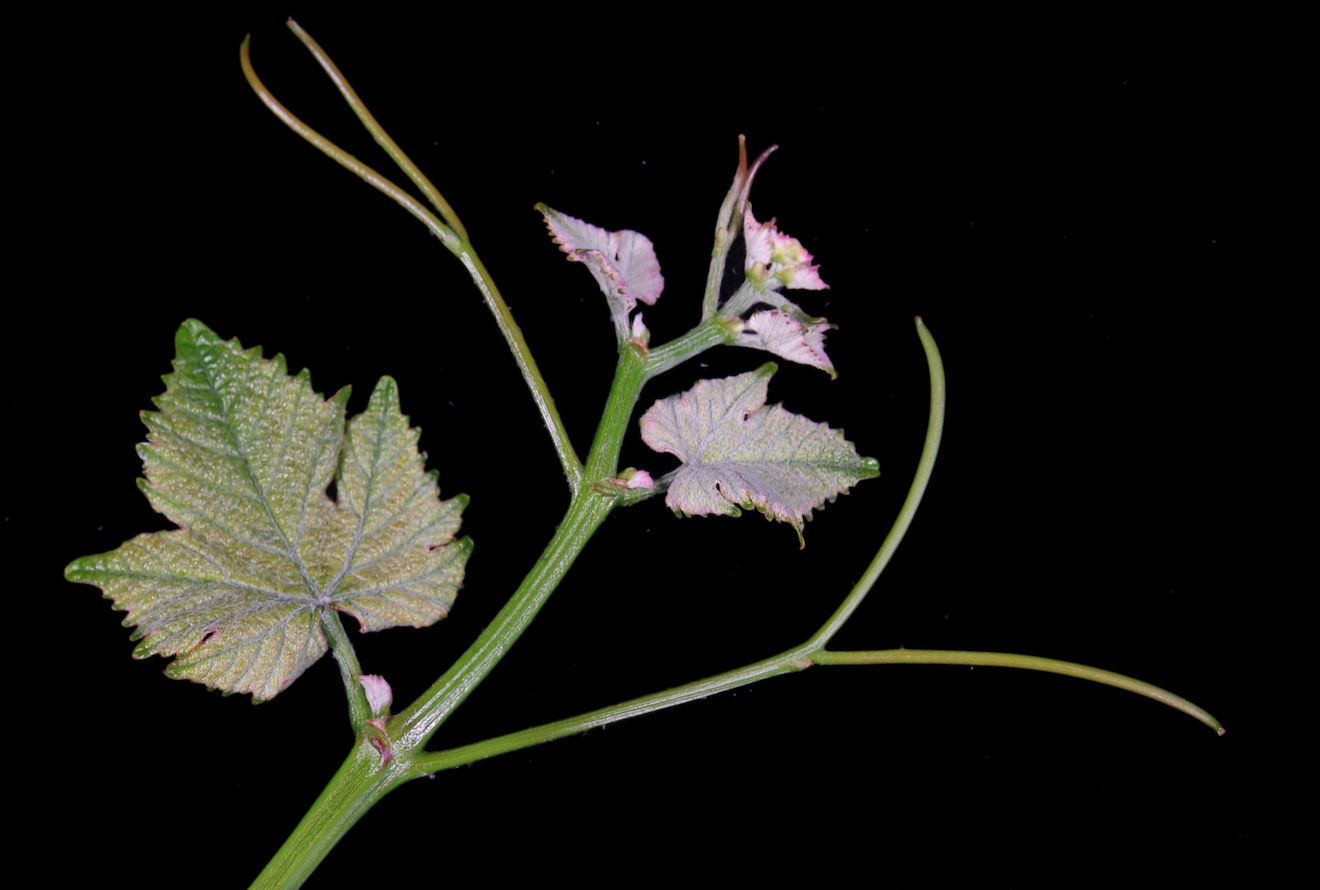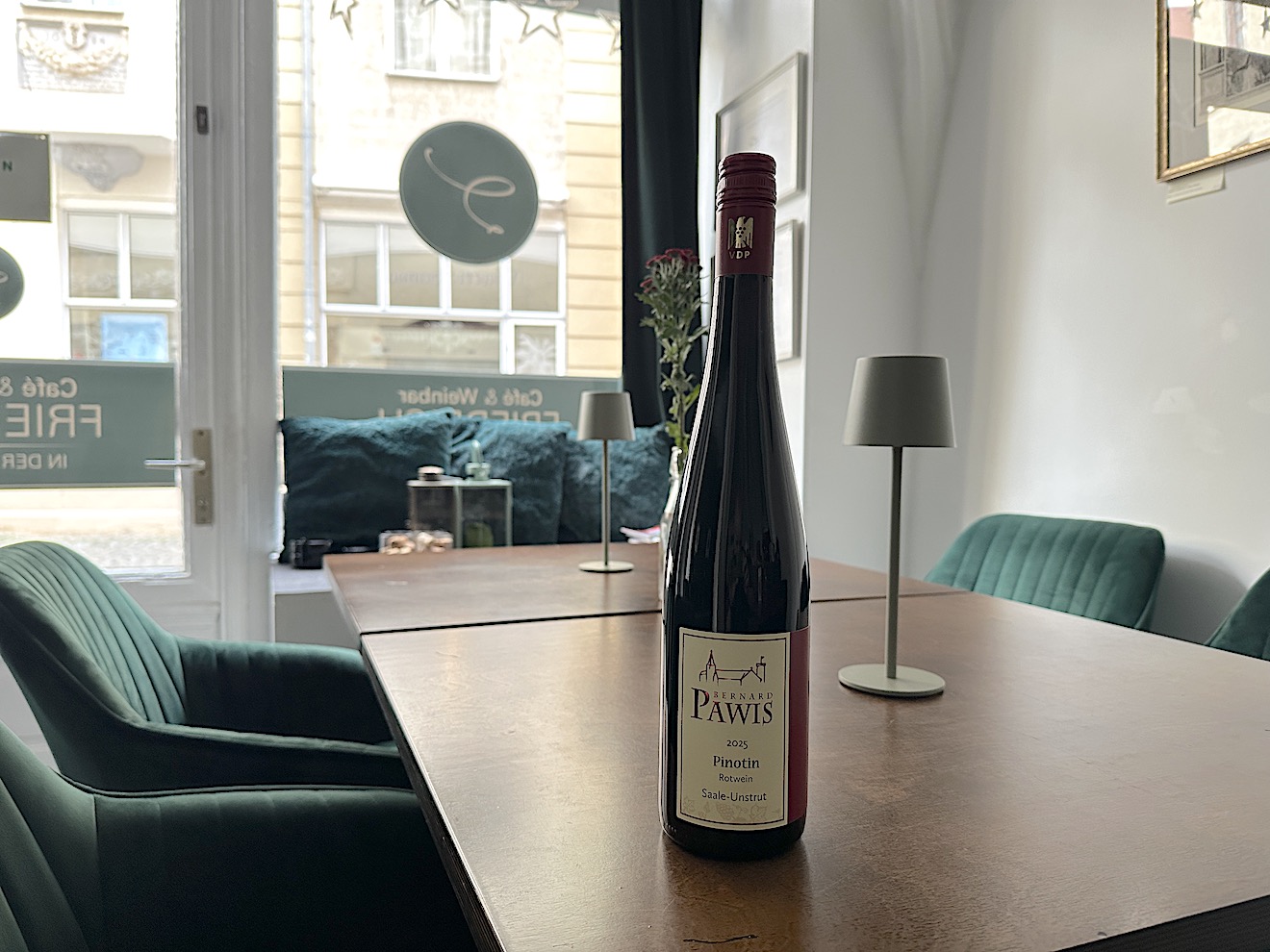 Wine, Yard, Cellar, Press
Wine, Yard, Cellar, Press
Here you can read some interesting facts about wine, the cellar and pressing. Basically, we write down everything we talk about with our guests here. It often centres on our region, the landscape, the terroir and the people who live and work here.
₪ ₪ ₪


Old vine plants
Neither German nor international wine law - as far as we have been able to read - has a clear definition of what an old vine plant is. Strictly speaking, the term has no meaning in terms of wine law. Vine plants that are over 120 years old are said to grow on the Moselle.


Kernling
As chance would have it, the Kernling is a spontaneous mutation. The new grape variety was discovered in 1974 by Ludwig Hochdörffer in the German region of Pfalz. And it went like this:


Cork and screw cap
The two most common and popular types of closure for wine bottles are the cork and the screw cap. Opinions differ on the question of whether a wine is better sealed with a cork or a screw cap.


Tartarte crystals
Most of us have experienced opening what promises to be a phenomenal bottle of wine, only to be surprised by small crystals on the cork or particles suspended in the wine. Don’t panic — those crystals are called tartrates and they are simply a sign of how the wine was made. They are harmless to the wine drinkers and do not affect wine quality.


Kerner
This grape variety was bred in 1929 by August Herold at the State Teaching and Research Centre in Weinsberg. Trollinger was crossed with Riesling. It was named after the Weinsberg poet, doctor and wine lover Justinus Kerner (1786-1862).


Sauvignon blanc
The name Sauvignon Blanc comes from the French words “savage”, meaning wild, and “blanc”, meaning white. For a long time, Bordeaux was considered the probable place of origin of Sauvignon Blanc. The name was first mentioned in writings from the region around 1710. However, the grape variety is actually much older.


A Rotling is a Rotling
Rosé wines are made from red grapes. Rotling, however, is made from red and white grapes. This gives the Rotling its unmistakable character, which distinguishes it from rosé wines, even though they may be similar in the glass. Rotling is a speciality in its own right.


Wine tasting
A glass of wine like this, if it's any good, is a fine thing! So how do you judge whether it's any good? Because everyone knows that what tastes good to one person makes another frown. Apart from personal taste, how do you get to the bottom of a wine? Tasting!


Méthode rurale - Sparkling wine traditionally made
An old, simple and natural form of sparkling wine production (rurale for rural - surprise, surprise) originating from France. Only one fermentation takes place. This is also the main difference to the traditional method known from champagne, for example.


The Burgundy Myth
Burgundy or, as the French call it, Bourgogne, is the region between Dijon and Lyon, which also includes Chablis and Grand Auxerrois, located to the north-west of Burgundy proper. It can be said to be the wine-growing region with the highest reputation, not only in Europe but worldwide.


Degrees Oechsle
The must weight is determined by the winegrower in degrees Oechsle. The term “must weight” refers to the amount of sugar dissolved in the grape juice. During wine production, the sugar directly influences the alcohol content of the wine. This means that the must weight cannot be overestimated when it comes to wine production and the time of harvest.


